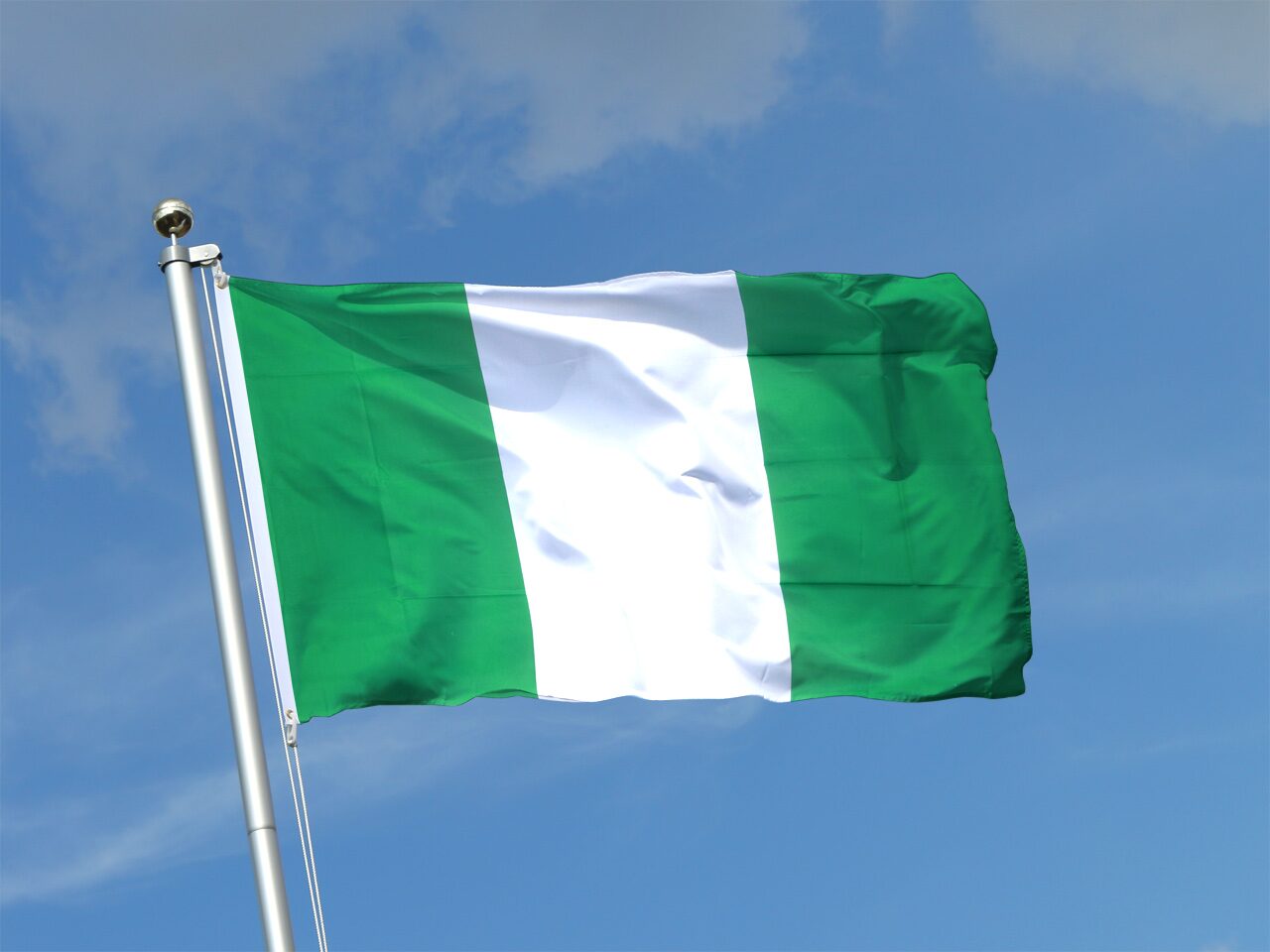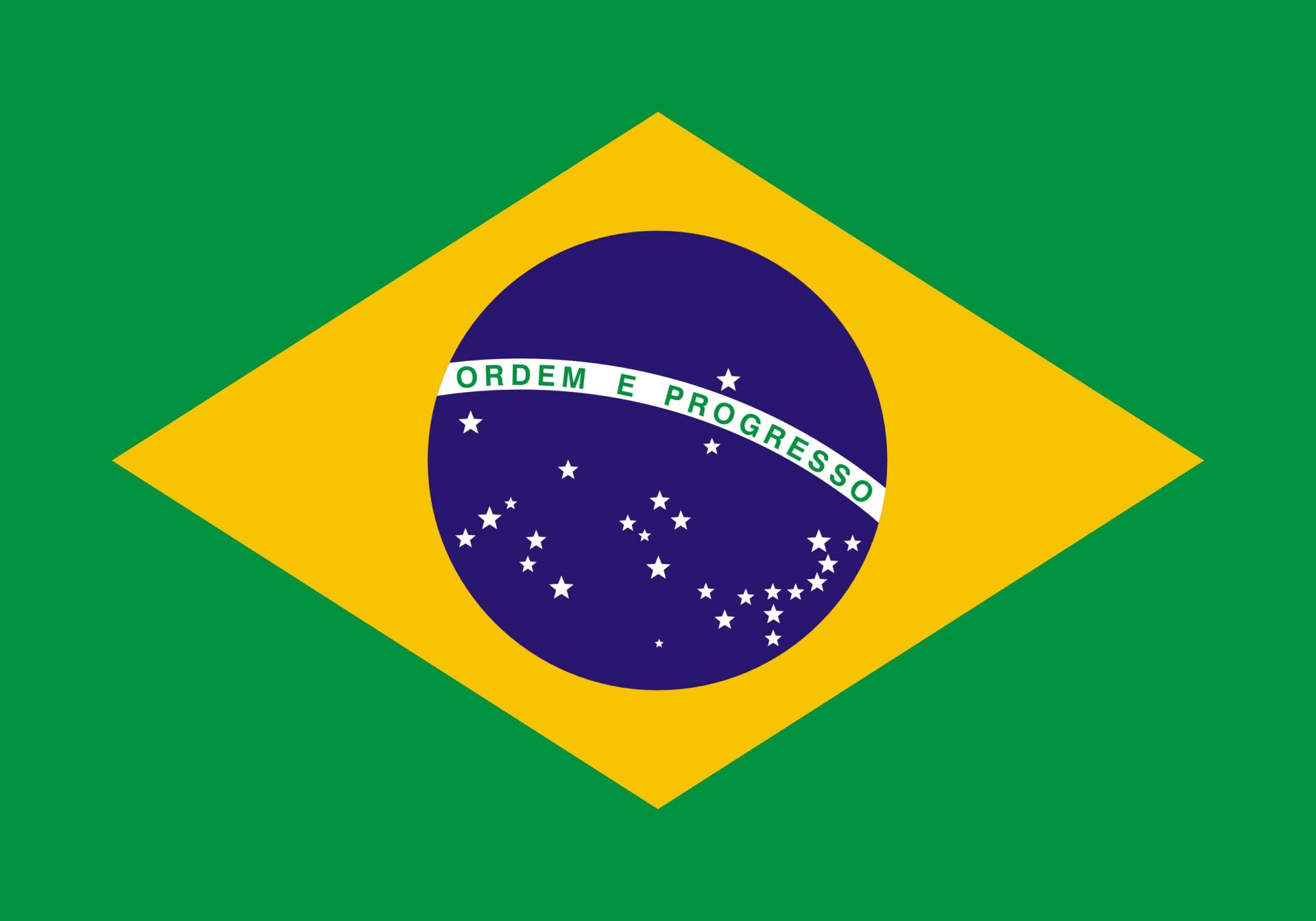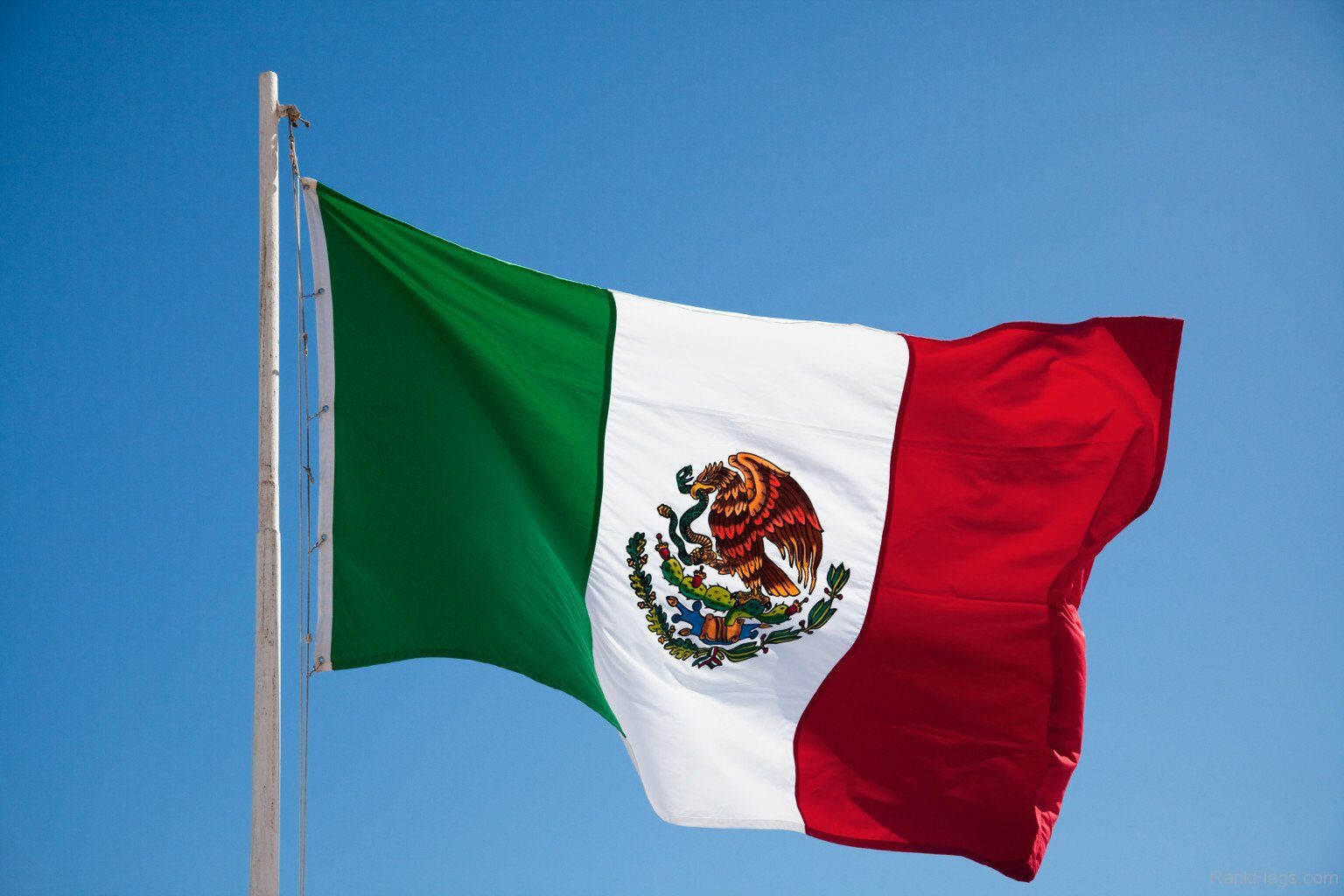10 Most Populous Countries: Our planet is teeming with life, with a staggering population of over 8 billion people! This vast human tapestry is woven from countless cultures, languages, and traditions. But where are these billions concentrated? Buckle up, geography buffs, because we’re about to embark on a journey to explore the 10 countries with the biggest populations in the world.
1. China (1.4+ Billion)

China takes the crown as the world’s most populous country, boasting a population exceeding 1.4 billion. Imagine a crowd so large it would stretch for miles, a testament to China’s rich history and diverse ethnicities. This massive population is concentrated in bustling megacities like Shanghai and Beijing, while vast rural areas hold their own unique charm.
China’s population growth is a complex story, shaped by factors like technological advancements in agriculture and healthcare. However, the government’s one-child policy implemented in the late 20th century has significantly impacted recent population trends.
2. India (1.4+ Billion)

Hot on China’s heels is India, another Asian giant with a population exceeding 1.4 billion. This vibrant democracy is a melting pot of cultures, religions, and languages. From the bustling streets of Mumbai to the serene beauty of the Taj Mahal, India offers a sensory overload in the best way possible.
Unlike China, India’s population continues to experience rapid growth. This young and dynamic population presents both challenges and opportunities for the nation’s future.
3. United States (330+ Million)

The United States, a nation built by immigrants and known as the “melting pot,” boasts a population exceeding 330 million. Imagine a vast landscape encompassing bustling metropolises like New York City and Los Angeles, alongside sprawling deserts, towering mountains, and idyllic rural towns. The U.S. is a cultural mosaic, shaped by waves of immigration throughout its history.
The U.S. population is incredibly diverse, with people from all corners of the globe calling it home. This diversity fuels innovation, creativity, and a dynamic cultural landscape. However, managing such a large and diverse population also presents challenges, including income inequality and social integration.
4. Indonesia (280+ Million)

Indonesia, a breathtaking archipelago nation, boasts a population of over 280 million. Imagine thousands of emerald islands scattered across the turquoise waters – that’s the beauty of Indonesia! This Southeast Asian nation is known for its rich cultural heritage, friendly people, and breathtaking natural beauty.
Indonesia’s population is incredibly diverse, with hundreds of ethnic groups and languages represented across the islands. This diversity is a source of strength and resilience for the nation.
5. Pakistan (250+ Million)

Steeped in history and brimming with culture, Pakistan boasts a population of over 250 million. From the majestic peaks of the Himalayas to the ancient ruins of Mohenjo-daro, Pakistan offers a glimpse into a glorious past.
Pakistan’s population has faced numerous challenges throughout history, yet its people remain resilient and proud. The nation’s cultural tapestry is a testament to its enduring spirit.
6. Nigeria (230+ Million)

Nigeria, the “Giant of Africa,” takes its title seriously with a population exceeding 230 million. This dynamic nation is a powerhouse on the continent, known for its rich cultural heritage, vibrant film industry, and booming economy. Imagine bustling megacities like Lagos alongside ancient traditions – that’s the captivating story of Nigeria.
Nigeria’s population is young and growing rapidly. This presents both challenges and opportunities as the nation strives to build a prosperous future for its citizens.
7. Brazil (220+ Million)

Lively, passionate, and full of rhythm – that’s Brazil in a nutshell! This South American giant boasts a population of over 220 million. From the iconic beaches of Rio de Janeiro to the vibrant Amazon rainforest, Brazil offers a unique blend of natural beauty and urban energy.
Brazil’s population is a fascinating mix of Indigenous, European, and African influences. This cultural fusion is evident in the nation’s music, cuisine, and traditions.
8. Bangladesh (160+ Million)

Bangladesh, a nation carved by the mighty Ganges River, boasts a population of over 160 million. Imagine lush green fields, bustling markets, and the serene beauty of the Sundarbans – that’s the essence of Bangladesh.
Despite facing challenges like natural disasters and poverty, Bangladesh’s population is known for its hard work and determination. The nation’s progress in recent years is a testament to the strength of its people.
9. Russia (140+ Million)

Russia, the world’s largest country by land area, boasts a population exceeding 140 million. Imagine vast, snow-covered landscapes stretching to the horizon, punctuated by vibrant cities like Moscow and St. Petersburg. Russia’s rich cultural heritage, from the Bolshoi Ballet to the iconic nesting dolls (Matryoshkas), is a source of national pride.
Russia’s population is a mosaic of ethnicities, with over 190 distinct groups represented. This diversity has shaped the nation’s history and culture, creating a unique blend of European and Asian influences.
10. Mexico (130+ Million)

Mexico, a vibrant nation with a rich cultural heritage, boasts a population of over 130 million. Imagine ancient pyramids nestled amidst bustling cities, mariachi music filling the air, and the aroma of delicious tacos wafting from street vendors. Mexico is a land of contrasts, where ancient traditions coexist with modern life.
Mexico’s population is a blend of Indigenous and European influences, creating a unique cultural identity. The nation serves as a bridge between North and South America, playing a crucial role in regional trade and diplomacy.
Conclusion
The 10 countries we’ve explored represent just a fraction of the world’s rich tapestry. Each nation boasts a unique story, shaped by its population, culture, and history. As the world’s population continues to grow, understanding these diverse demographics is crucial for fostering global cooperation and addressing shared challenges. So, the next time you look at a world map, remember the vibrant stories unfolding within each country’s borders.
You May Also Like….
- The Psychology of Superstitions: Unraveling the Quirks of Our Minds
- A New Lease on Death
- A Better World
FAQs
Q1: What are some of the challenges associated with large populations?
Large populations can strain resources like food, water, and energy. They can also lead to issues like poverty, unemployment, and pollution. However, large populations can also present opportunities for economic growth and innovation.
Q2: How will population growth impact the future?
Population growth is expected to slow down in the coming decades. However, managing this growth effectively will be crucial for ensuring a sustainable future for all.
Q3: What role does technology play in managing population growth?
Technology can play a crucial role in addressing challenges associated with large populations. For example, advancements in agriculture can help increase food production, while technological innovation can contribute to cleaner energy sources.
Q4: What can individuals do to contribute to a sustainable future?
Individuals can make conscious choices to reduce their environmental footprint. This can include adopting a more sustainable lifestyle, reducing waste, and supporting environmentally friendly businesses.
Q5: Where can I learn more about global population trends?
Several organizations provide valuable information on global population trends. These include the United Nations Population Fund (UNFPA) and the World Bank.


